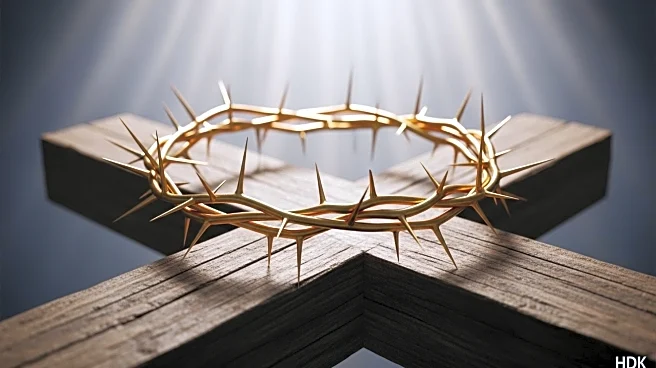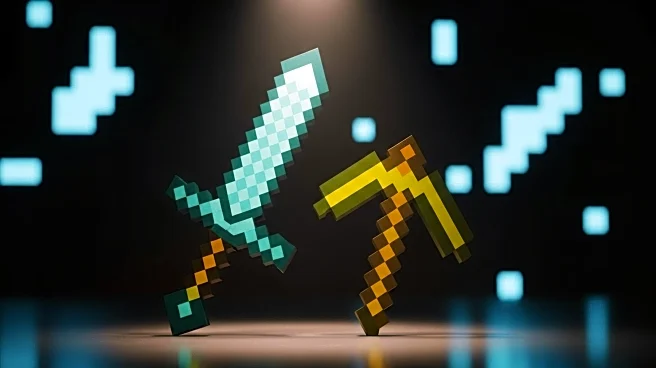What's Happening?
Jim Caviezel will not reprise his role as Jesus Christ in Mel Gibson's upcoming two-part sequel to 'The Passion of the Christ', titled 'The Resurrection of the Christ'. The decision was reportedly influenced by Caviezel's age and the extensive digital work required for de-aging. Gibson is now considering younger actors for the role, with casting underway in Rome. Monica Bellucci will also not return as Mary Magdalene. The sequel, set for release in 2027, will be distributed by Lionsgate and will explore Jesus' resurrection. Despite Caviezel's previous confidence in returning, scheduling conflicts and digital challenges have led to this change.
Why It's Important?
Caviezel's departure from the role marks a significant shift for the sequel, as he was a central figure in the original film's success. The decision to cast younger actors may impact the film's reception, as audiences have strong associations with Caviezel's portrayal. This change reflects broader industry trends where age and digital technology influence casting decisions. The sequel's release is highly anticipated, given the original's impact and Gibson's description of the new films as an 'acid trip'. The decision not to shoot in Aramaic, unlike the original, may also affect the film's authenticity and audience perception.
What's Next?
Casting for the role of Jesus is ongoing, with Gibson interviewing actors in Rome. The production is set to begin soon, with the first installment scheduled for release on Good Friday, March 26, 2027. The sequel's narrative will focus on Jesus' resurrection, with Gibson promising a unique and challenging portrayal. As the film progresses, further announcements regarding casting and production details are expected. The decision to change key actors may lead to discussions about the film's direction and its adherence to the original's themes.
Beyond the Headlines
The decision to recast Jesus highlights the challenges of maintaining continuity in film franchises, especially when original actors age or face scheduling conflicts. This situation underscores the industry's reliance on digital technology for de-aging, which can be costly and complex. The choice not to shoot in Aramaic may reflect a shift towards accessibility and broader audience appeal, potentially altering the film's cultural and historical authenticity. These developments may influence future decisions in film production, where balancing tradition and innovation is increasingly important.










